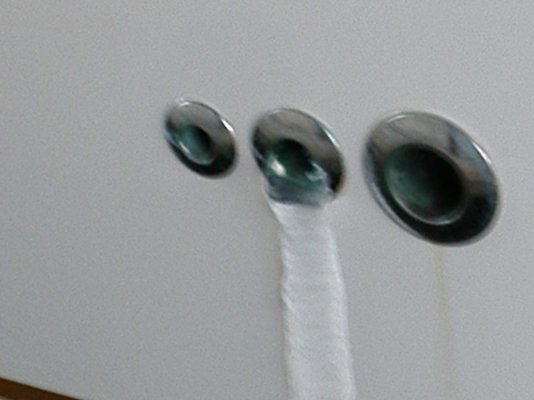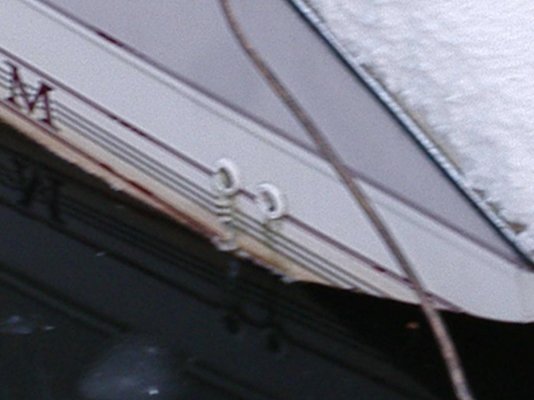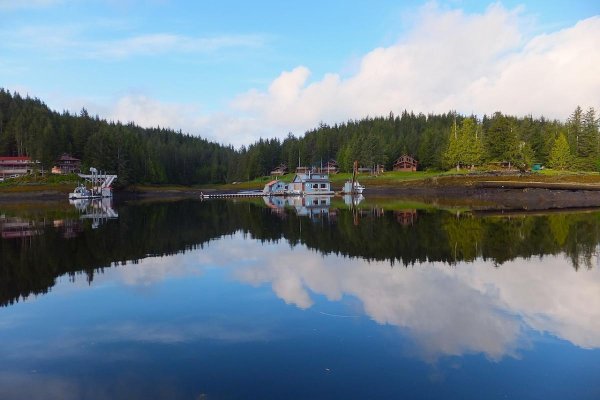Anyone thinking tarps may want to think again..I have rarely seen them last...usually they shred and flog the little grommets into something expensive...
You are correct, usually that's what happens. But that's because usually, the person who put up the tarp didn't know a few key things.
I've had the same tarp for at least 5 year now, it may be 6, I've lost count.
Even if you buy a new tarp every year, it's cheaper than shrink wrap. But that's not why I started tarping instead of shrink-wrapping. The marinas never seem to get around to shrinking all the boats until well after the first snow, and they always do some damage putting up the frames. Muddy boots on white vinyl, supporting the whole frame on a fragile radar arch, ripping out
snaps, it's always something. Here's what I've learned:
Avoid the cheap blue tarps. I've had good luck with the silver ones, but there are even better ones.
You need to make an "A" frame, with steep sides, with a ridge pole as straight as possible. Sailboaters who've un-stepped the mast have an advantage here. Flybridges make it much harder, sometimes you need two main ridge poles.
Use one big tarp if you can, two if you have to. Leave no flat spots or protruding edges (like railings) that will allow rain or snow to form pools. Once a little pool starts, it grows until the whole tarp is sucked in. Fill in between the "rafters" with small stuff (clothesline works.)
But most important, every corner and edge has to be TIGHT. The slightest amount of flapping will rip out the grommets, and shred the tarp. I've had good luck with filling gallon jugs with water, and hanging them from the grommets. They do tend to bang around in the wind, but they keep everything tight. Lately, I've been buying shock cord (elastic line) and lacing it up like a shoe, pulling as tight as I can each time.
It can be done, but you have to do it right.



